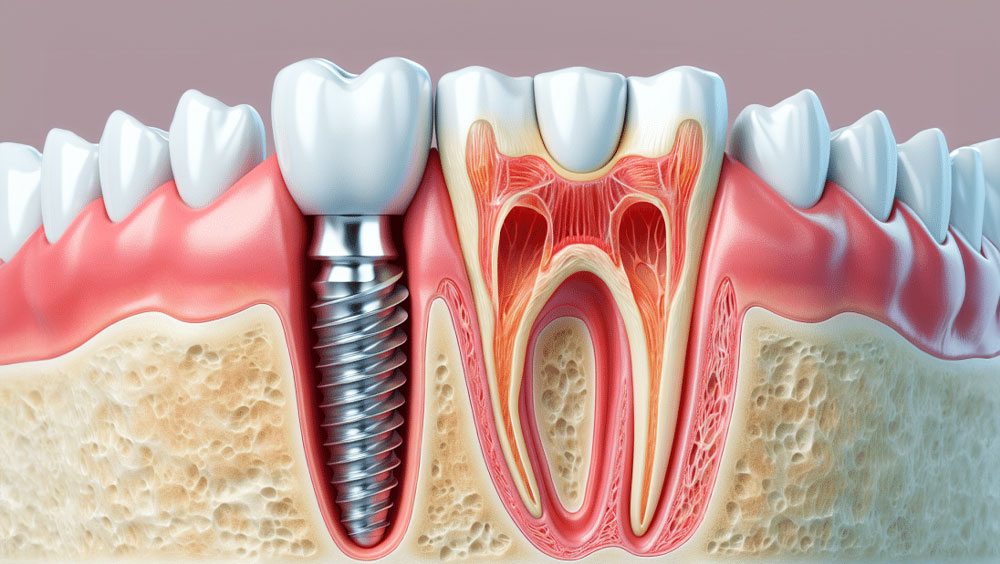In the ever-evolving landscape of dental restoration, dental implants have emerged as a transformative solution for individuals seeking to remedy the gap left by missing teeth. These remarkable advancements offer not only longevity but also a natural look and feel that closely mimics the function of real teeth. Central to making an informed decision about dental implants is a comprehensive understanding of their composition and the meticulous construction that ensures their durability and safety. This article explores the various materials utilized in crafting dental implants, shedding light on how these components work in harmony to provide a steadfast and secure oral health solution.
Understanding Dental Implants
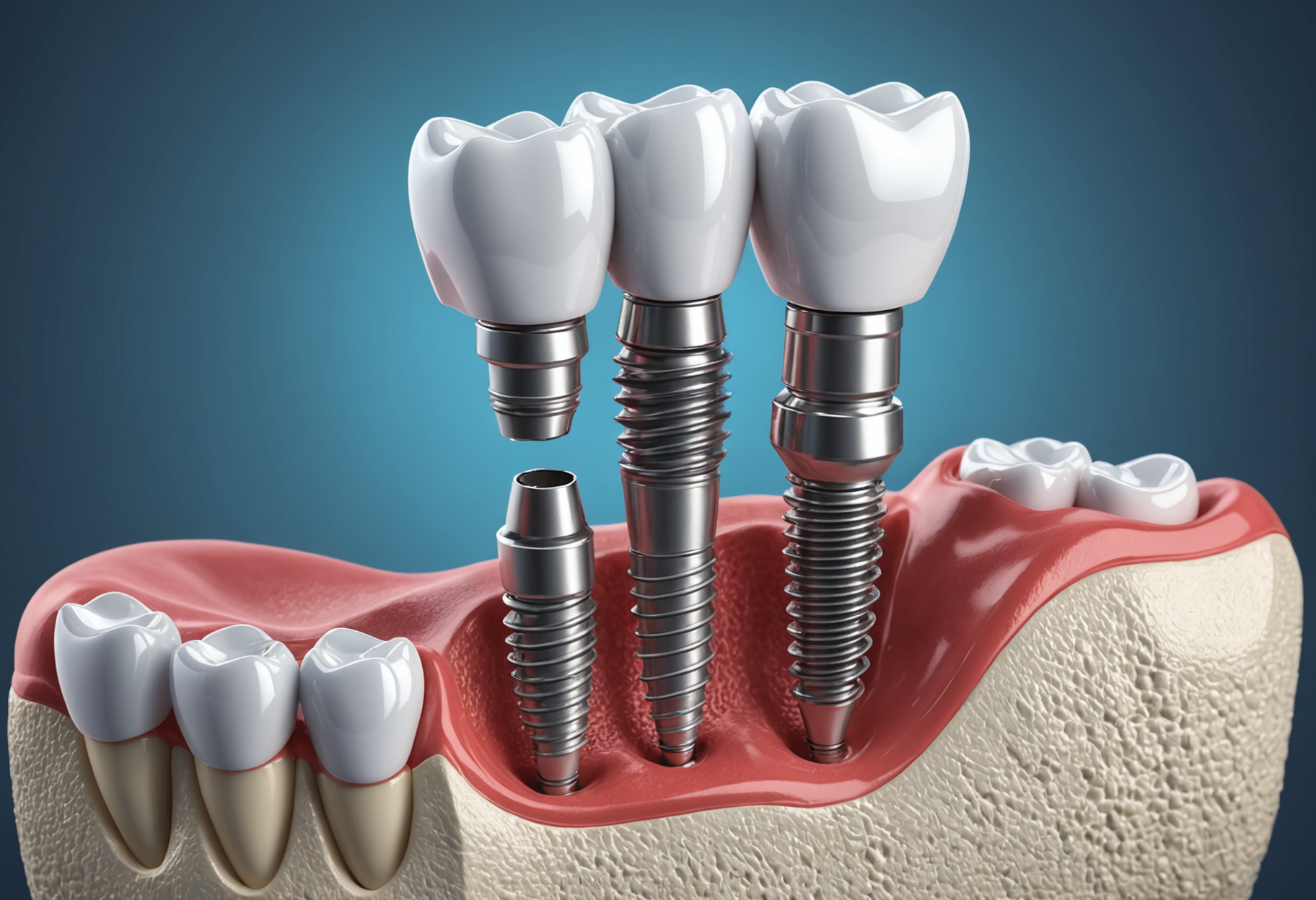
Before diving into what dental implants are made of, it's important to grasp their function. Dental implants serve as artificial tooth roots, providing a strong base for replacement teeth. This sophisticated dental technology helps restore oral health and improve smiles. By seamlessly integrating with the surrounding bone, dental implants offer unparalleled stability and support. This not only allows for efficient chewing and speaking but also helps preserve the natural facial structure by preventing bone loss that typically occurs when teeth are missing. Additionally, dental implants can enhance self-esteem and confidence, as they closely mimic the appearance and feel of natural teeth, allowing individuals to smile freely without concern. Furthermore, their long-term durability and resistance to cavities make them a preferred choice for many seeking a permanent solution to tooth loss. Overall, dental implants play a crucial role in both functional and aesthetic aspects of dental care, offering a transformative impact on individuals' lives..
The Role Of Titanium In Dental Implants

In addition to titanium, modern advancements have introduced the use of zirconia as an alternative material for dental implants. Zirconia, a high-strength ceramic, offers a metal-free option that is particularly appealing to those with metal sensitivities. It boasts excellent biocompatibility and aesthetic advantages, as its tooth-colored appearance results in a more natural-looking outcome, especially near the gum line. Like titanium, zirconia fosters strong osseointegration with the jawbone, providing a stable foundation for prosthetic teeth. These developments in implant materials continue to enhance patient outcomes, broadening the options available for those seeking restorative dental solutions..
Why Titanium Is Preferred

Titanium's remarkable biocompatibility extends beyond dental applications, making it an indispensable material in various fields of medicine and technology. Its ability to integrate seamlessly with bone tissue, known as osseointegration, not only enhances the durability of dental implants but also revolutionizes orthopedic surgeries. The process ensures a stable and robust bond between the implant and the skeletal structure, minimizing the risk of rejection and promoting faster recovery. These properties make titanium the material of choice for hip and knee replacements, spinal fusion devices, and other critical surgical implants. Moreover, titanium's resistance to corrosion and its lightweight nature further contribute to patient comfort and the longevity of medical devices. Thus, its unique characteristics continue to drive innovation across healthcare, improving the quality of life for countless individuals worldwide..
Alternatives To Titanium
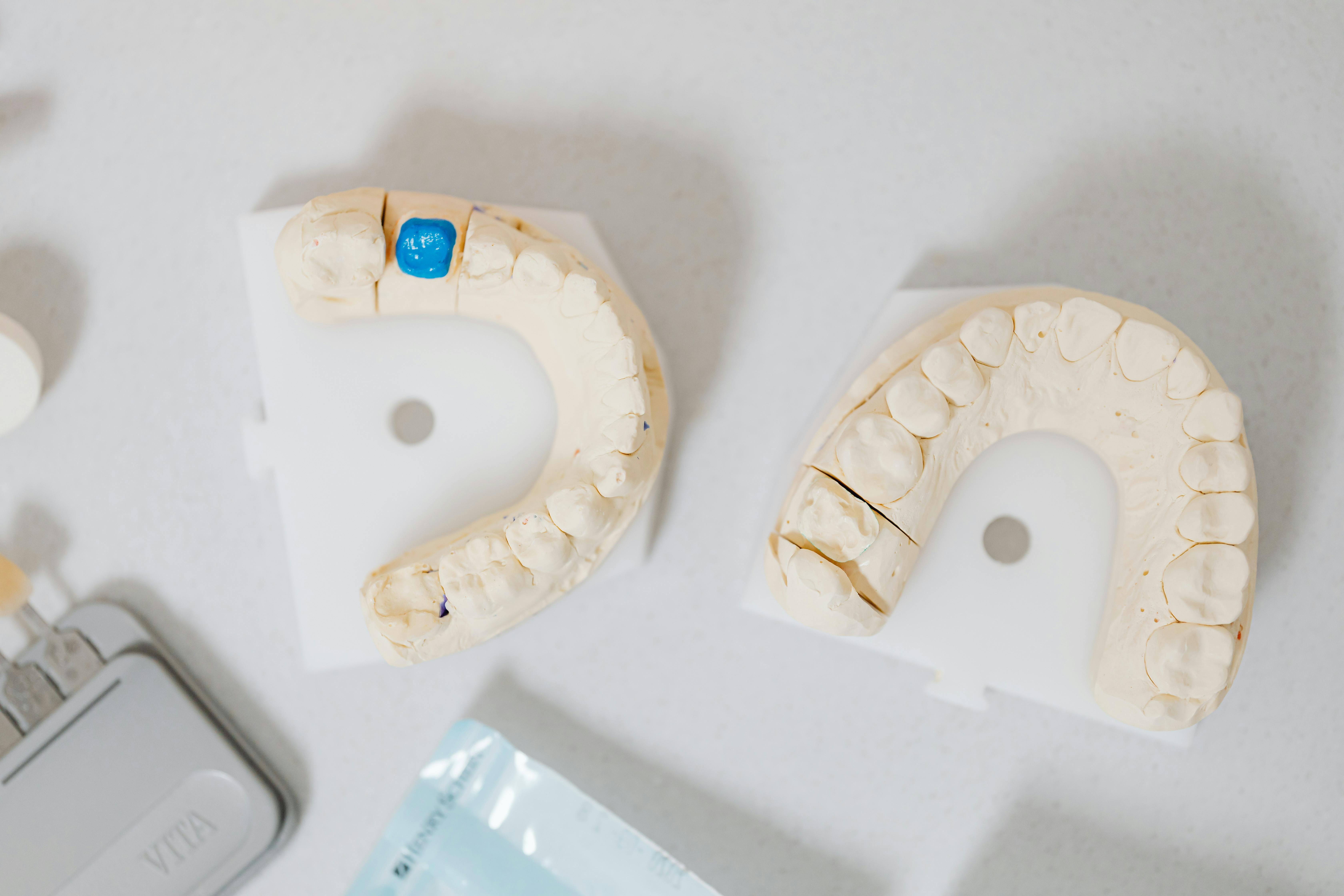
Though titanium is the popular choice, there are alternatives. Zirconia, a type of ceramic, is also used. It offers a metal-free option that is aesthetically pleasing due to its tooth-like color. However, it is less flexible than titanium, which may limit its use in certain cases. Despite this, zirconia's biocompatibility and resistance to corrosion make it a viable option for those who may be sensitive to metals or wish to avoid them entirely. Moreover, advancements in zirconia processing techniques continue to improve its strength and durability, potentially expanding its scope of applications. Another alternative material gaining attention is PEEK (polyether ether ketone), a high-performance polymer. PEEK is lightweight, radiolucent, and offers a good combination of strength and resilience, making it suitable for some medical applications where traditional metals might not be ideal. As material science progresses, patients and professionals alike can anticipate a broader array of choices that cater to specific needs and preferences, ensuring optimal outcomes in dental and orthopedic applications..
Comparing Titanium And Zirconia
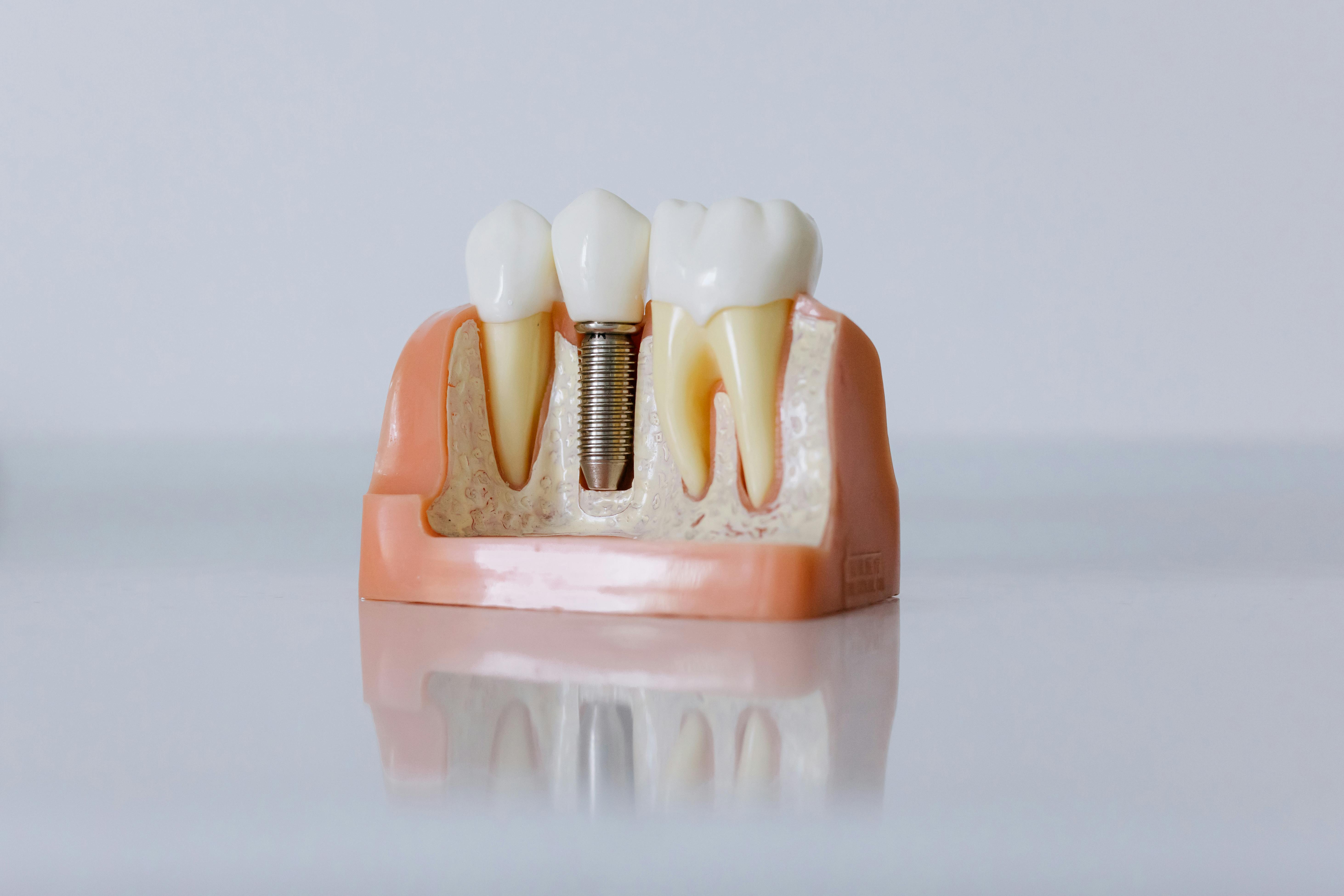
When evaluating the question, "what are dental implants made of," it's crucial to delve into the distinct properties and benefits of titanium and zirconia, the two primary materials used. Titanium implants have long been the gold standard due to their exceptional strength and osseointegration capabilities, which ensure a robust and durable connection with the bone. This characteristic makes titanium an excellent choice for long-term reliability, especially in cases where implant stability is paramount. On the other hand, zirconia implants, crafted from a durable ceramic material, present a more aesthetically pleasing option with a natural, tooth-like appearance that many patients prefer, particularly in visible areas of the mouth. While zirconia might not match titanium's mechanical strength, its biocompatibility and resistance to corrosion offer notable advantages, making it an increasingly popular alternative in modern dentistry. As patients weigh these options, they must consider their specific needs and expectations, consulting with their dental professionals to determine which material aligns best with their health priorities and aesthetic desires..
The Importance Of Implant Coatings
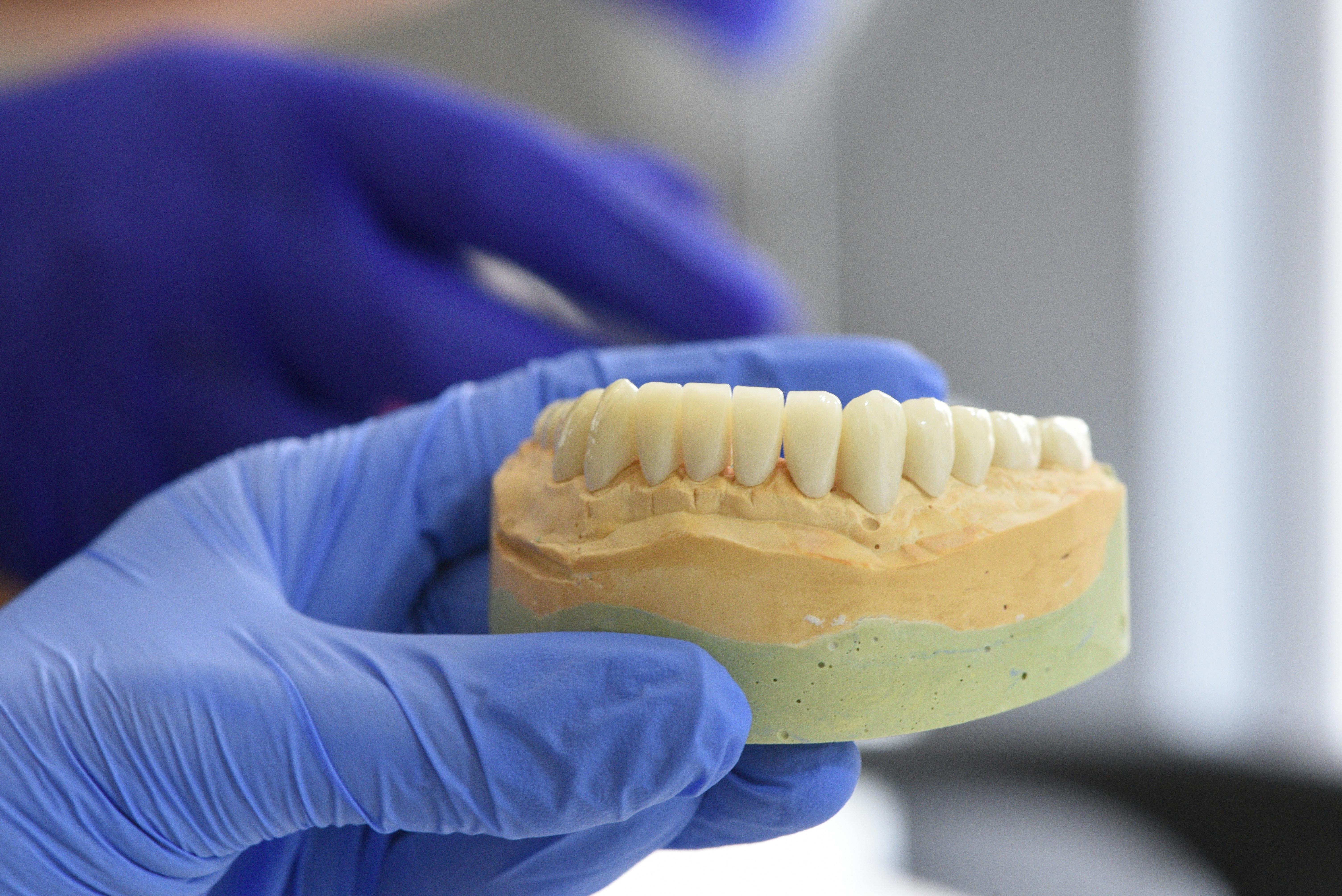
Additionally, titanium plasma-sprayed coatings are frequently employed to improve the surface roughness of dental implants, which facilitates better integration with surrounding bone tissue. Another innovative coating material is bioactive glass, which not only encourages bone growth but also has antimicrobial properties that help prevent bacterial colonization in the oral environment. Some implants also use a combination of these materials to capitalize on their individual benefits, providing a multifaceted approach to dental health. Research into nanostructured coatings is also underway, aiming to further enhance the biocompatibility and longevity of implants by mimicking the natural structure of bone at a microscopic level. As advancements in coating technologies continue, the future of dental implants looks promising, with the potential for even greater success in patient outcomes..
Biocompatibility And Safety
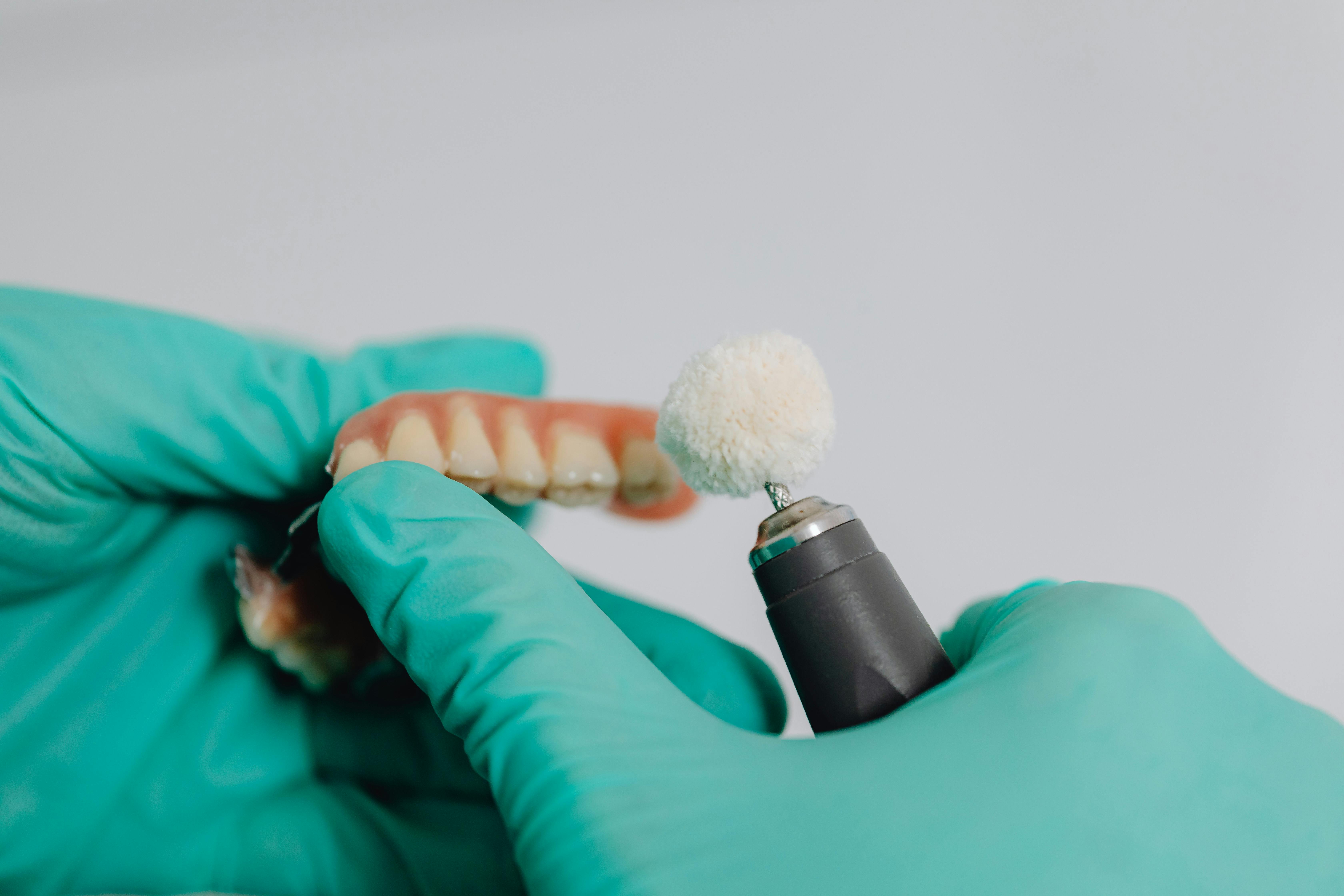
Biocompatibility is a cornerstone in the design and engineering of dental implants, ensuring both safety and efficacy for patients. Each material selected for use in these implants undergoes an intricate series of evaluations, including in vitro and in vivo testing, to ascertain its inertness and non-toxicity. These evaluations are pivotal in confirming that the materials do not provoke inflammatory responses or any form of immune rejection upon integration into the body. By meticulously selecting substances that can seamlessly integrate with bone and soft tissue, clinicians and researchers aim to minimize the risk of complications and promote optimal healing processes. This meticulous approach not only protects patient health but also significantly increases the longevity and functionality of the implants, thereby contributing to improved overall outcomes for those undergoing dental restoration procedures. The continuous advancements in material science are essential to refining these processes, paving the way for innovative solutions in dental care..
Choosing The Right Material
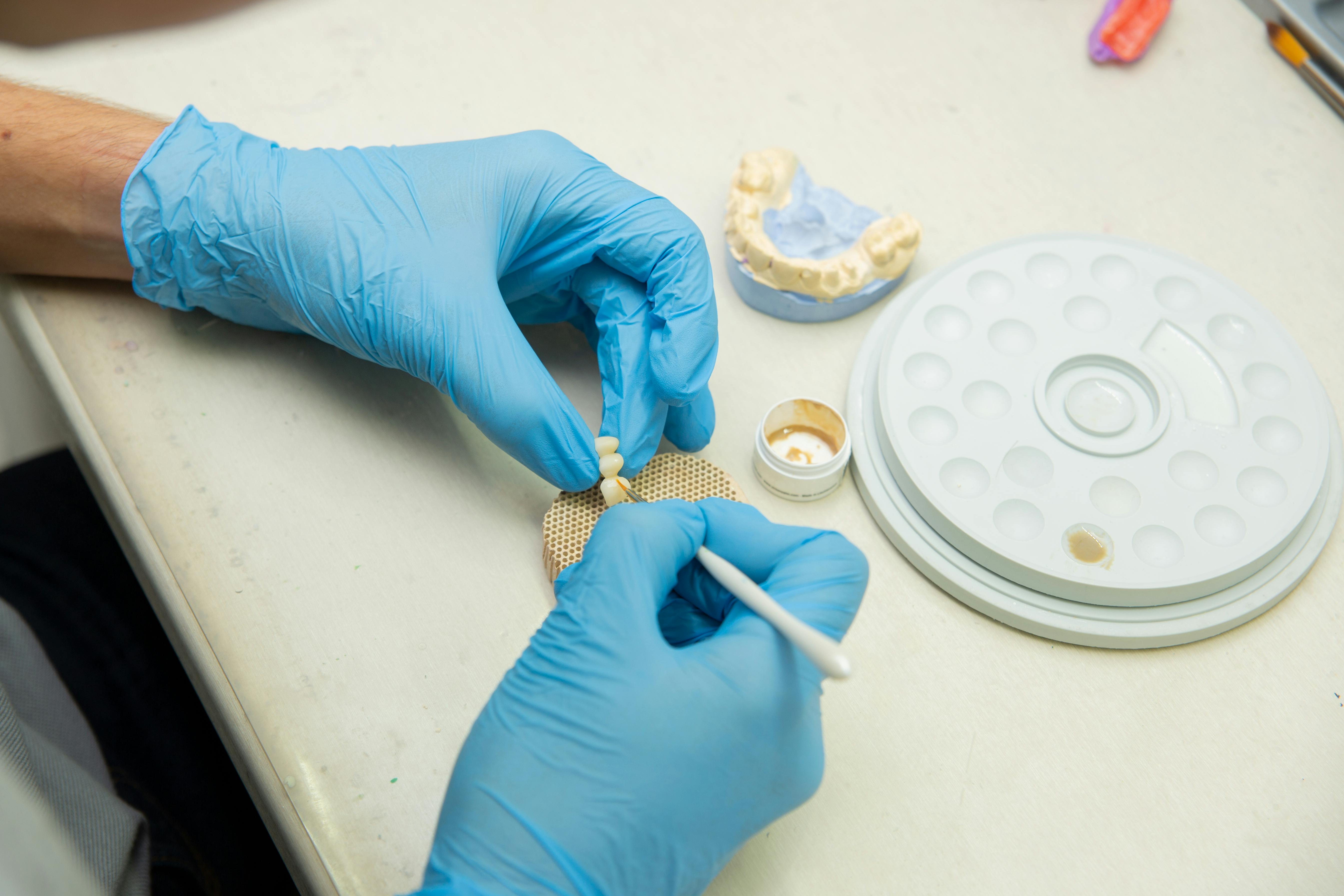
Choosing the appropriate implant material is a crucial step in ensuring the success and longevity of dental implants, as it hinges on both the specific needs of the patient and their personal preferences. Materials such as titanium and zirconia are commonly used due to their biocompatibility and durability, but each brings unique benefits and considerations. Consulting with a skilled dental professional is invaluable in this process, as they can provide detailed insights into the properties of each material, their performance in various scenarios, and how they align with the patient's lifestyle and health conditions. This informed discussion allows patients to make decisions that not only address their immediate dental health concerns but also support their long-term oral health goals, paving the way for a more personalized and effective dental care strategy..
Innovations In Implant Materials
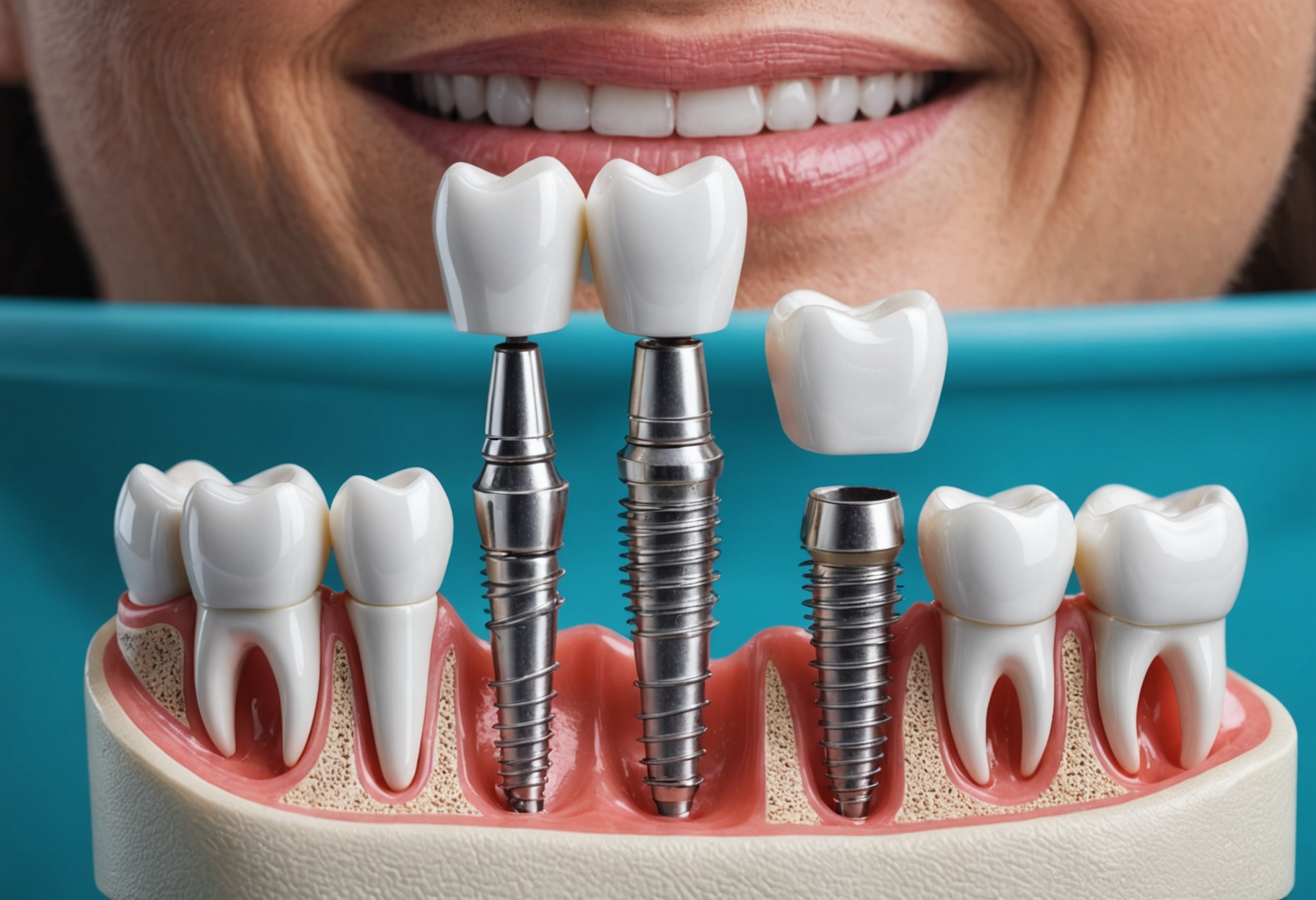
With the rapid progress in dental technology, researchers are breaking new ground in the development of cutting-edge materials designed to enhance dental implants. These innovative materials not only focus on increasing durability but also aim to ensure better integration with the natural bone, promoting faster healing and a more secure fit. Aesthetic considerations are equally prioritized, with advancements in biomimetic materials that closely mimic the natural look and feel of real teeth, providing patients with a seamless, confident smile. Such innovations are set to revolutionize patient care, offering a comprehensive approach to oral health that extends beyond mere functionality to encompass the highest standards of visual and tactile quality. As a result, patients can look forward to a future where enhanced implant technology significantly elevates their quality of life, ensuring long-lasting results that look and feel just as nature intended..
In conclusion, knowing what dental implants are made of helps individuals make informed choices regarding their dental health. Titanium remains the dominant material due to its excellent strength and biocompatibility. However, alternative materials like zirconia provide options for those seeking different attributes. Collaboration with dental professionals ensures patients select the best materials tailored to their unique needs.

